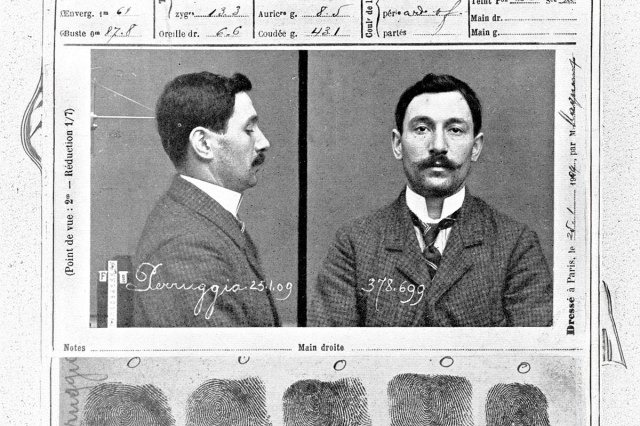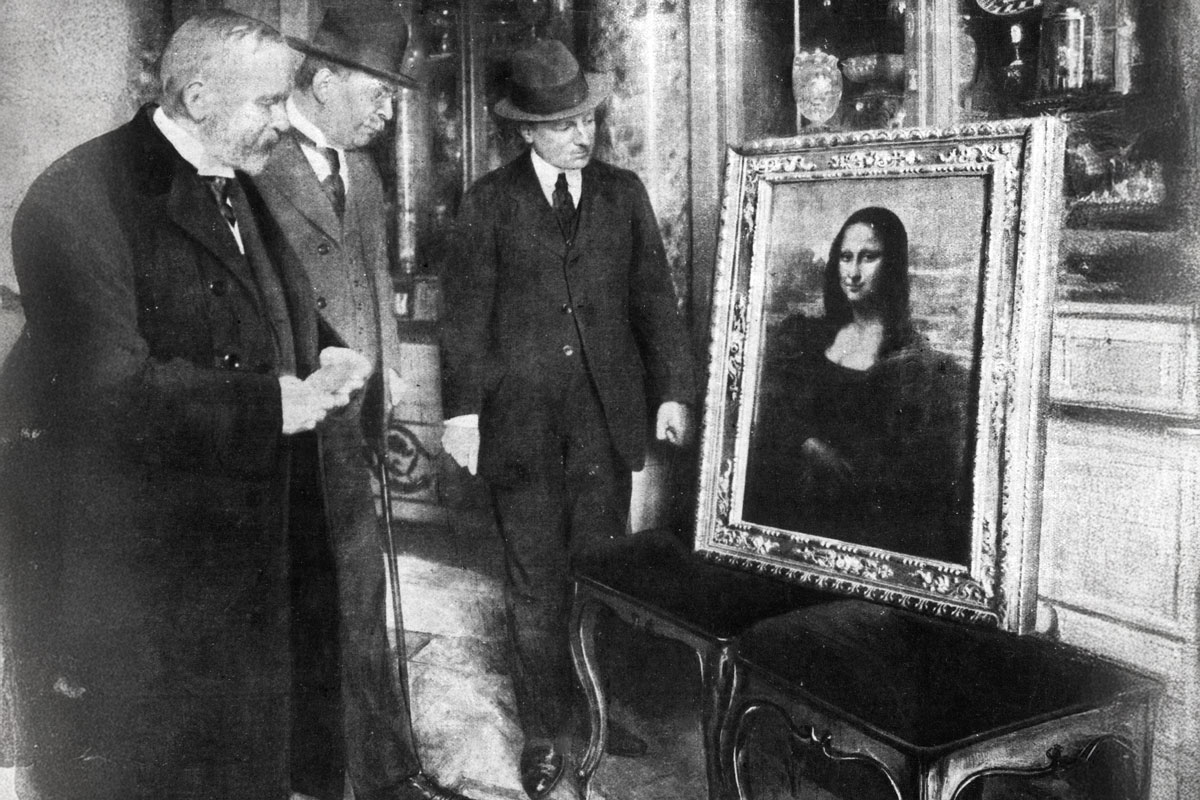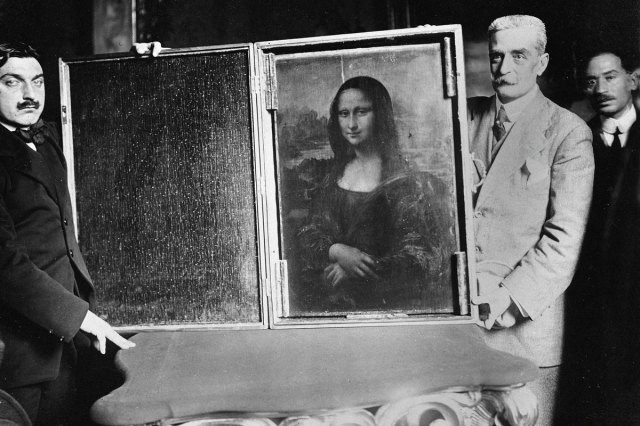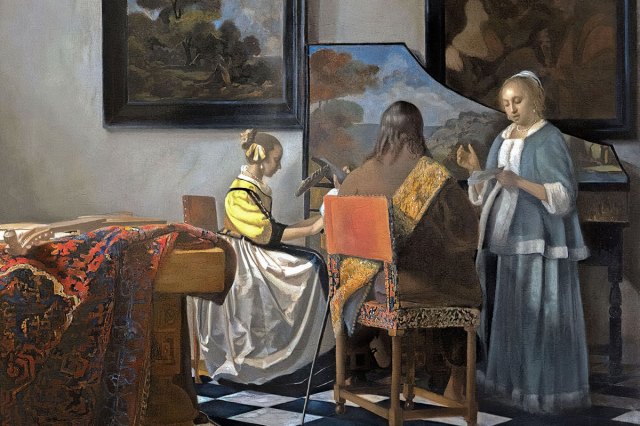The Most Expensive Object Ever Stolen
Theft has long been a part of the human experience. Examples of its prevalence can even be found in ancient mythology: Prometheus stole fire from the gods; Odysseus and Diomedes snuck into Troy to steal the Palladium; and in Hindu mythology, Garuda stole the vase of Amrita from the gods to free his mother from Kadru, the mother of serpents.
Of course, theft is very much a real-world concern as well, with the most audacious holdups — the likes of bank jobs, diamond heists, or great train robberies — sometimes gaining almost legendary status. But in the annals of crime, few heists, if any, have captured the world’s imagination quite like the disappearance of Leonardo da Vinci’s “Mona Lisa” from the Louvre in 1911. Not only did the theft of this Renaissance masterpiece shock the art world, but it was also the most valuable object ever stolen.

The Theft of the “Mona Lisa”
On August 21, 1911, one of the most audacious heists in art history was successfully brought to fruition. The man responsible for this daring crime was Vincenzo Peruggia. The Italian wasn’t a criminal mastermind by trade — he was, in fact, a painter and decorator. But Peruggia had worked in the Louvre previously, and one of his jobs was constructing glass cases to protect works of art. He was therefore familiar with the entire museum and had insider knowledge of how to quickly and quietly remove a painting from the wall.
On the evening of Sunday, August 20, Peruggia entered the Louvre dressed in the same kind of white work overalls worn by the museum caretakers. He then hid inside a storage closet, where he remained until the following morning, when the Louvre was closed and foot traffic was light. At around 7:15 a.m., Peruggia poked his head out, checked to see if the coast was clear, and then headed straight for the nearby Salon Carré, where the “Mona Lisa” was housed. Then, he simply took the painting off the wall, carried it to an adjacent service stairwell, and removed the relatively small canvas from its protective glass frame. Hiding it under his overalls, he walked out of the museum undetected.

















